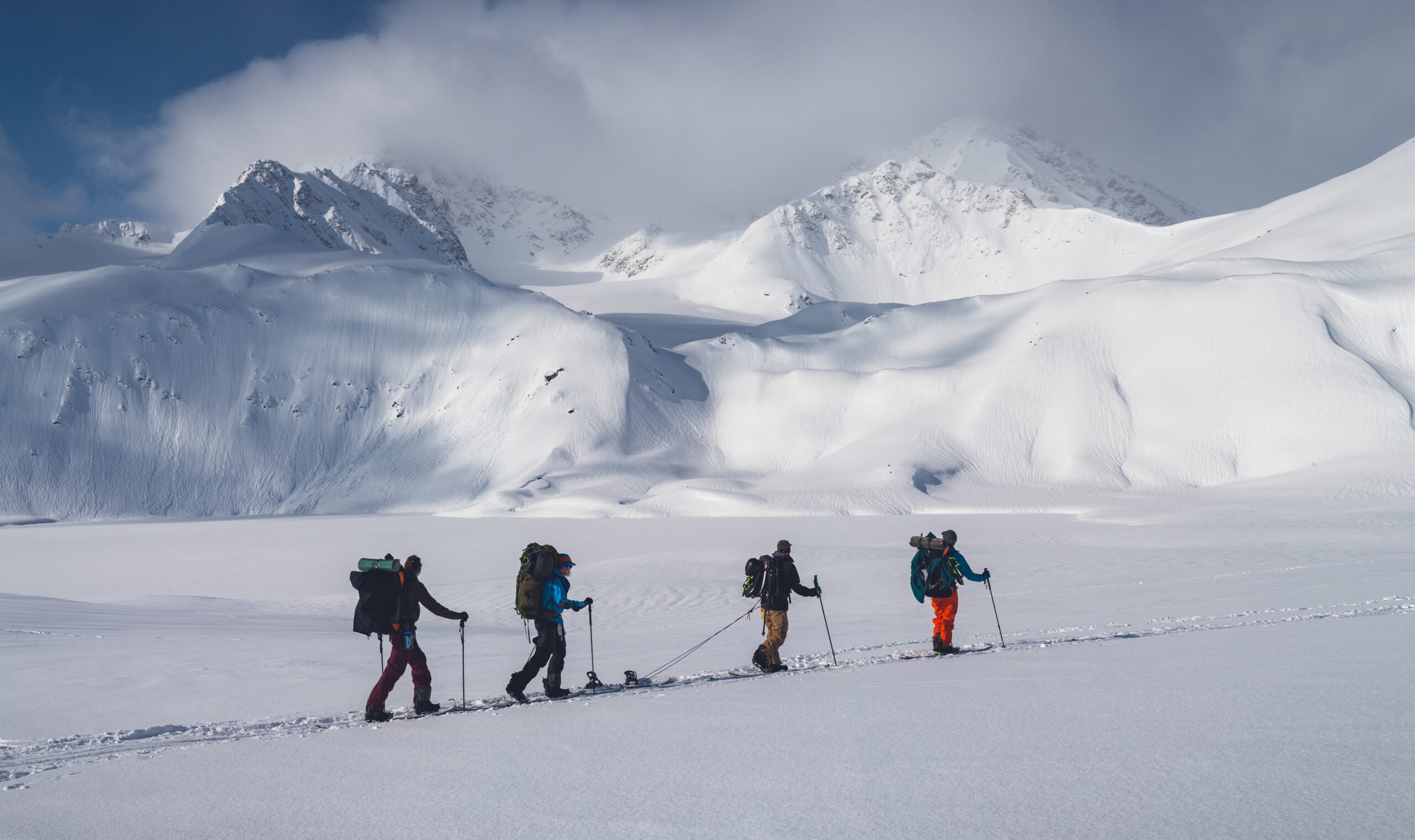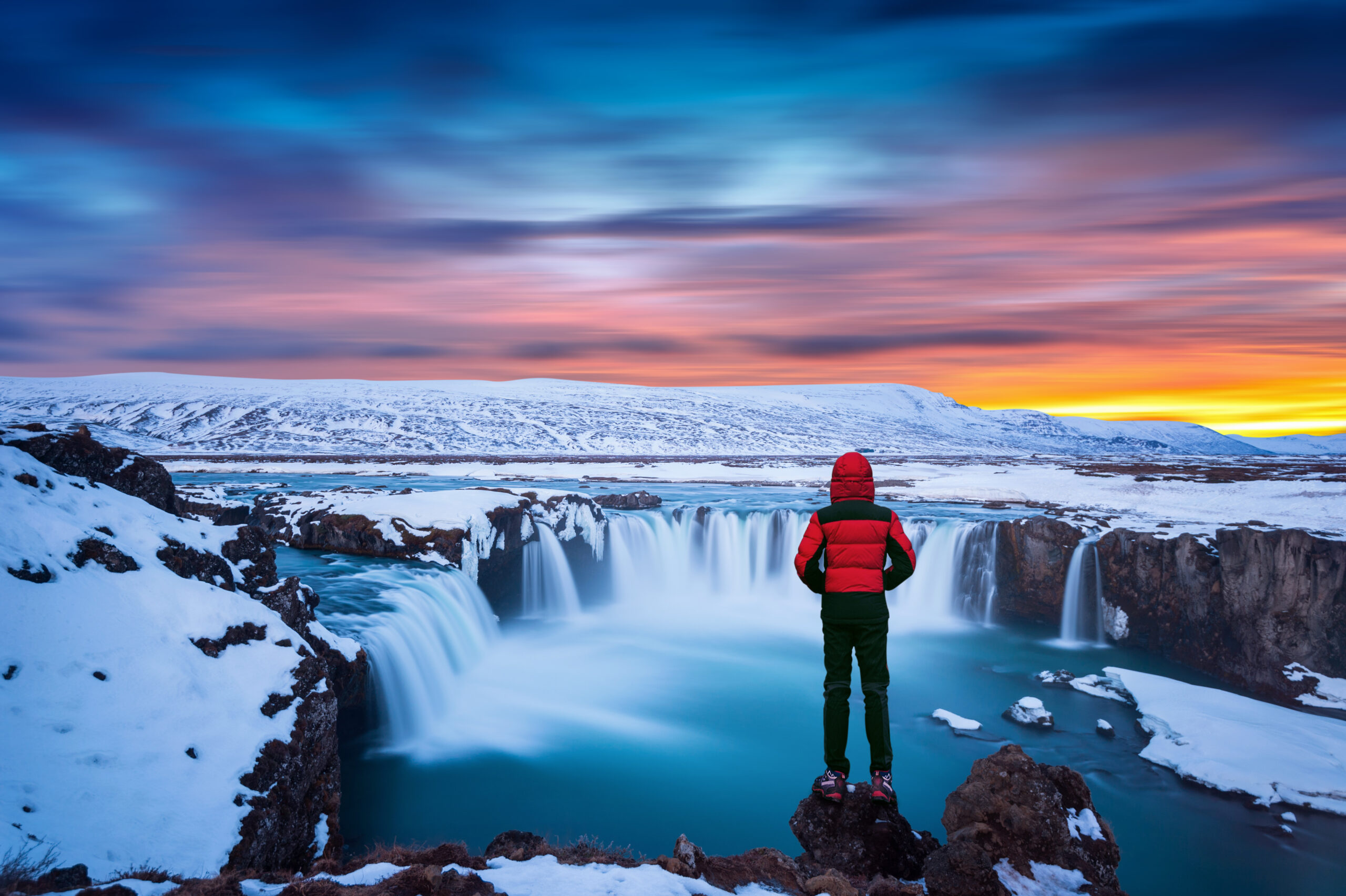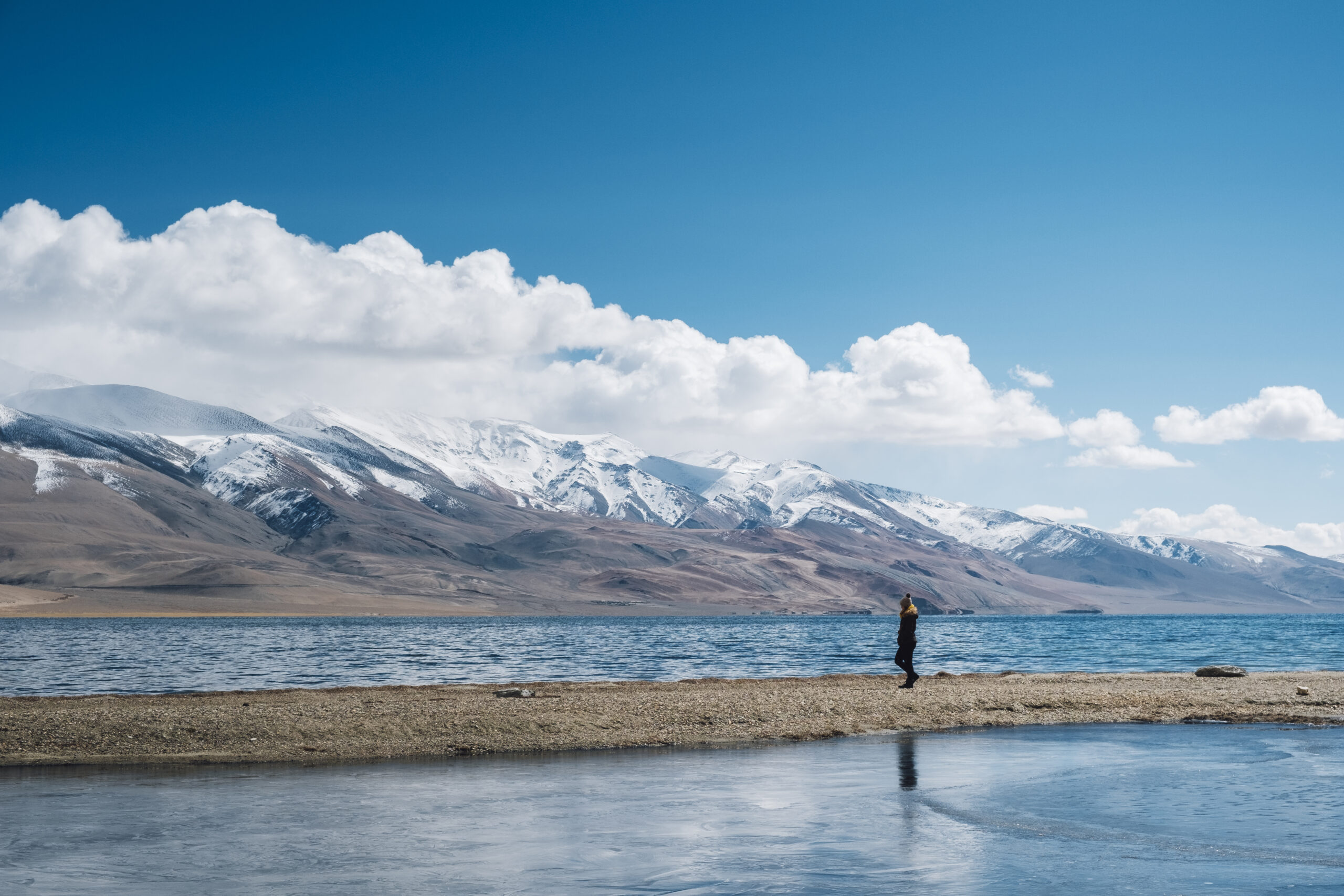Base Camp Mount Everest: The Ultimate Adventure to the Roof of the World

Standing at the foot of the world’s highest peak, Base Camp Mount Everest is a destination that embodies adventure, resilience, and awe-inspiring beauty. Whether you’re an avid trekker, a mountaineering enthusiast, or simply a lover of nature’s grandeur, reaching Base Camp Mount Everest is a life-changing experience. This blog dives deep into everything you need to know about this iconic location—from its dual camps in Nepal and Tibet to the physical, mental, and cultural journey it demands. Let’s embark on a virtual trek to Base Camp Mount Everest and uncover what makes it a bucket-list marvel.
1. Base Camp Mount Everest: Two Camps, One Legend
Base Camp Mount Everest isn’t just one location—it’s two. The South Base Camp in Nepal (5,364 meters) and the North Base Camp in Tibet (5,150 meters) serve as critical hubs for climbers attempting Everest’s summit. While both offer breathtaking views, their accessibility, cultural backdrops, and trekking experiences differ vastly.
- South Base Camp (Nepal): Nestled in the Khumbu Valley, this camp is accessible via a scenic trek through Sherpa villages, monasteries, and alpine forests. It’s the most popular route, often paired with a visit to Kala Patthar for iconic sunrise views over Everest.
- North Base Camp (Tibet): Accessed through Tibet’s rugged high-altitude plateau, this route is less crowded but equally challenging. Trekkers encounter stark landscapes, ancient Buddhist sites, and a raw, untamed vibe.
Both routes converge at the foot of Everest, offering trekkers a chance to stand where legends like Hillary and Norgay began their historic ascent.
2. The Trek to Base Camp Mount Everest: Routes and Highlights
South Route: Lukla to Everest Base Camp
The classic 12–14-day trek starts with a thrilling flight to Lukla, home to one of the world’s most dangerous airports. From here, the trail winds through:
- Namche Bazaar: The “Gateway to Everest,” where trekkers acclimatize and soak in Sherpa culture.
- Tengboche Monastery: A spiritual oasis with panoramic Himalayan vistas.
- Dingboche and Lobuche: High-altitude villages where the air thins and Everest looms closer.
The final push to Base Camp Mount Everest is a mix of exhilaration and exhaustion, with the Khumbu Icefall serving as a stark reminder of the mountain’s power.
North Route: Tibet’s High-Altitude Challenge
Starting from Tingri or Lhasa, this trek crosses the Tibetan Plateau, passing:
- Rongbuk Monastery: The highest monastery globally, offering soul-stirring views of Everest.
- Advanced Base Camp (ABC): A desolate yet mesmerizing landscape frequented by climbers.
While less trodden, the North Base Camp Mount Everest trek demands resilience against harsh winds and extreme cold.
3. Preparing for Base Camp Mount Everest: Fitness, Gear, and Mindset
Reaching Base Camp Mount Everest isn’t a casual hike—it’s a test of endurance. Here’s how to prepare:
Physical Training
- Build stamina with 4–6 months of cardio (hiking, running, cycling).
- Practice carrying a 10–15 kg backpack on inclines.
Gear Essentials
- Layered clothing for -15°C temperatures.
- Sturdy hiking boots, trekking poles, and a -20°C sleeping bag.
- Altitude sickness medication (Diamox) and a first-aid kit.
Mental Resilience
- Embrace slow pacing (“pole pole” mentality) to acclimatize.
- Stay motivated by focusing on small milestones.
4. Life at Base Camp Mount Everest: A Day in the Thin Air
A typical day at Base Camp Mount Everest starts at dawn, with climbers strategizing summit attempts and trekkers exploring the Khumbu Glacier. Key experiences include:
- Meeting Everest Expeditions: Rub shoulders with international climbers preparing for the summit.
- Photographing the Khumbu Icefall: A surreal maze of crevasses and seracs.
- Stargazing: With minimal light pollution, the Milky Way dazzles overhead.
Evenings are spent in tea houses (South) or tents (North), sharing stories over dal bhat or noodle soup.
5. Challenges of Base Camp Mount Everest: Altitude, Weather, and More
- Altitude Sickness: Headaches, nausea, and fatigue are common. Acclimatization days are non-negotiable.
- Unpredictable Weather: Sudden snowstorms or -30°C nights test even seasoned trekkers.
- Physical Strain: Long days (6–8 hours) of hiking over rocky, icy terrain demand grit.
6. Protecting Base Camp Mount Everest: Environment and Culture
With over 40,000 visitors annually, sustainability is critical. Initiatives include:
- Leave No Trace Principles: Pack out all waste, including biodegradable matter.
- Sagarmatha Pollution Control Committee (SPCC): Manages waste and promotes eco-friendly practices in Nepal.
- Respecting Sherpa Culture: Ask permission before photographing locals, support community lodges, and learn basic Nepali phrases.
7. Best Time to Visit Base Camp Mount Everest
- Spring (April–May): Ideal for clear skies and blooming rhododendrons.
- Autumn (October–November): Stable weather and post-monsoon clarity.
Avoid monsoon (June–September) and winter (December–February) due to extreme conditions.
8. Permits and Logistics
- South Route: TIMS card (20)andSagarmathaNationalParkpermit(20)andSagarmathaNationalParkpermit(30).
- North Route: Tibet Travel Permit ($100+) and Chinese visa.
- Guided tours simplify paperwork and enhance safety.
9. Frequently Asked Questions
Q: Can beginners trek to Base Camp Mount Everest?
A: Yes, with proper training and a guided tour.
Q: How much does it cost?
A: 1,200–1,200–2,500, including permits, food, and lodging.
Q: Is altitude sickness unavoidable?
A: Most experience mild symptoms, but gradual ascent reduces risks.
Conclusion: Base Camp Mount Everest—A Journey of a Lifetime
Standing at Base Camp Mount Everest is more than a physical achievement—it’s a humbling encounter with nature’s might and human perseverance. Whether you choose Nepal’s vibrant trails or Tibet’s solitary paths, this adventure promises unmatched vistas, cultural richness, and a renewed perspective on life. As you plan your trek, remember: the mountain isn’t just a destination; it’s a call to embrace the unknown.



